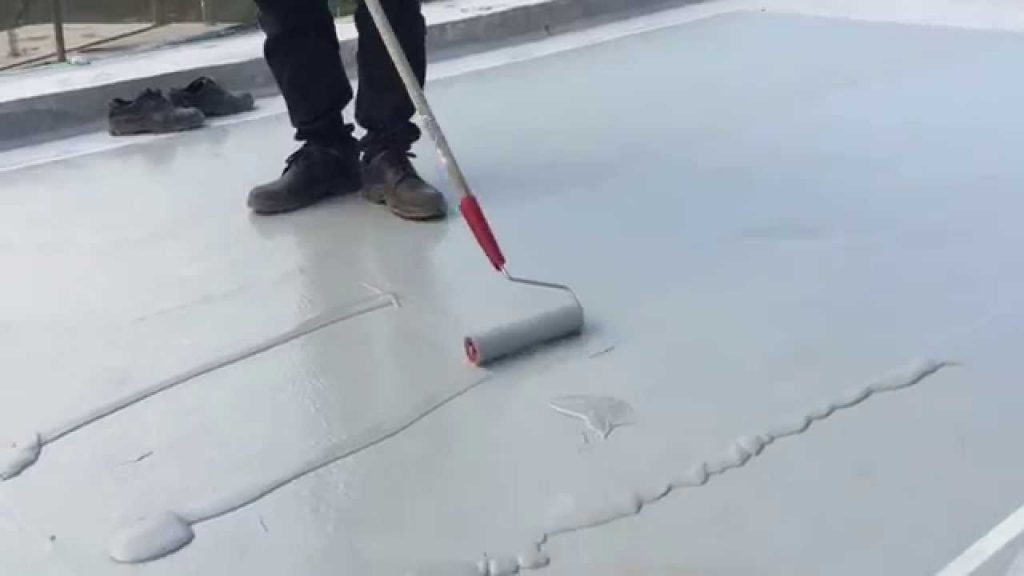Waterproofing is often an neglected aspect of home and building maintenance, yet its importance cannot be emphasized enough. For homeowners and property managers alike, understanding the value of waterproofing is essential to guaranteeing the durability and longevity of structures. From preventing costly moisture issues to reducing mold formation, effective waterproofing strategies function a pivotal role in protecting your assets. Click for more info write-up will investigate the various facets of waterproofing, showcasing why it is necessary for every house and structure.
As we navigate the realm of waterproofing, we will discuss the comprehensive guide to what you need to know, from identifying signs your home needs immediate attention to common misconceptions that need examination. Whether you are looking into DIY techniques or hiring a professional, comprehending the costs and benefits of waterproofing can save you a lot in potential maintenance costs. Join us as we discover the numerous elements of waterproofing and assess whether the cost is truly worth it for your real estate.
Significance of Waterproofing Techniques
Waterproofing is an important aspect of preserving the integrity and endurance of a house or structure. It serves as a defense against moisture, preventing liquid from penetrating into materials where it can cause major damage. This is particularly vital in areas prone to intense rainfall or flooding. Not only does waterproofing protect against liquid damage, but it also boosts the durability of materials used in building, ultimately safeguarding your investment.
Neglecting the need for moisture protection can lead to a host of difficulties, including fungal growth, damage to the structure, and increased repair costs. Water intrusion can weaken foundations and create unhealthy habitats due to wet settings. By actively waterproofing your property, you can prevent these expensive repairs and provide a secure and wholesome environment for your family or residents.
In addition to averting damage, waterproofing can also improve energy savings in buildings. By sealing out moisture, you reduce the risk of thermal loss and can achieve a stable indoor climate. This not only leads to a more enjoyable residential setting but also leads to lower energy bills, making waterproofing not just a protective measure, but also a cost-effective choice.
Cost-Benefit Analysis of Waterproofing
Putting money in moisture proofing can seem intimidating at first glance, particularly when homeowners consider the upfront costs. Nonetheless, the long-term savings associated with waterproofing typically surpass these initial expenses. For example, properties that are properly waterproofed are not as likely to suffer from moisture damage, mold, and structural deterioration. By averting these issues, property owners can avoid costly repairs and save thousands of dollars in restoration and refurbishment work that may be necessary for a neglected property.
The advantages of moisture proofing extend beyond mere cost savings. Numerous homeowners discover that waterproofed spaces positively impact to their overall comfort and property value. For leaky basement , a dry and properly kept basement not just provides additional usable space but also boosts the property's appeal. Additionally, areas that are resistant to moisture reduce the chance of health-related issues stemming from mold and mildew, leading to a healthier living environment for residents.
In addition, waterproofing can lead in improved energy efficiency. Wet or damp structures can lead to higher heating and air conditioning costs, as moisture can negatively affect insulation and overall temperature control. By investing in suitable waterproofing techniques, property owners may discover lower utility bills in parallel to the ameliorated comfort of their homes. Assessing the comprehensive cost-benefit equation reveals that prioritizing waterproofing can yield substantial returns on investment over time.
Choosing the Right Waterproof Solutions
Determining the right moisture-proofing strategies for your building requires a detailed grasp of your particular needs and the environment. Take into account elements such as the surrounding weather, ground characteristics, and the type of structure you have. For illustration, if you live in an area prone to significant precipitation or flooding, you might necessitate a more sturdy exterior waterproofing system to shield against water infiltration. On the other hand, for regions with less severe weather, indoor solutions may be enough to control humidity levels.

Then, examine the different kinds of waterproofing techniques available. Interior waterproofing techniques, such as sealants and barriers, can be helpful in stopping moisture from infiltrating surfaces and ground. However, exterior waterproofing usually requires excavation and installation of water management systems, which can be more costly but provides long-term safeguarding. It's important to consider the benefits and drawbacks of each method, considering elements like cost, efficacy, and the inconvenience each technique may create during setup.
Ultimately, seek advice from experts to ensure you pick the most appropriate products and methods tailored to your specific circumstances. A certified waterproofing contractor can inspect your building, suggest appropriate strategies, and provide valuable insights into the latest technologies. Remember, investing in the right waterproofing solutions now can prevent costly repairs in the future, safeguarding your home from moisture damage and increasing its longevity.
